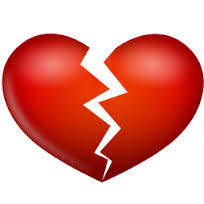 The amount of iron needed daily to support proper oxygen transport and regulate cell growth varies throughout a person’s lifetime. In pre-adolescent males and females, iron requirements are the same, but from age 14-18 the dietary needs for women increase over men. During adulthood, from age 19-50, iron requirements for women is more than double that of men. Yet with our propensity for prepackaged convenience foods and snacks, Americans seldom consume enough nutritional iron. In fact, around 30% of all people experience signs of iron deficiency anemia, including weakness and fatigue, slow cognition, low body temperature, and susceptibility to infection.
The amount of iron needed daily to support proper oxygen transport and regulate cell growth varies throughout a person’s lifetime. In pre-adolescent males and females, iron requirements are the same, but from age 14-18 the dietary needs for women increase over men. During adulthood, from age 19-50, iron requirements for women is more than double that of men. Yet with our propensity for prepackaged convenience foods and snacks, Americans seldom consume enough nutritional iron. In fact, around 30% of all people experience signs of iron deficiency anemia, including weakness and fatigue, slow cognition, low body temperature, and susceptibility to infection.
Iron deficiency is the world’s foremost nutritional disorder, affecting about three quarters of the planet’s population. Lack of iron can result in problems like fatigue and decrease in immunity. There are two types of dietary iron. Heme iron comes from animal food sources, which contained hemoglobin, a red blood cell protein responsible for delivering oxygen to cells. Heme iron is the most efficiently absorbed form of dietary iron. Most of our intake, however, comes from the nonheme iron found in plant foods such as spinach, soybeans and lentils. Nonheme iron is the kind added to iron-enriched foods. The prevalence of iron deficiency may be affected by the popularity of vegan and vegetarian diets; with the elimination of meats, efficiency of absorption is seriously decreased.
Although it is important for people to try to get the recommended daily allowance of iron, care should be taken not to consume too much. Iron toxicity occurs when more iron is consumed than the body has capacity to store and iron begins accumulating in organs and tissues. People experiencing iron deficiency should attempt to obtain iron through nutritional means before turning to supplements. Iron-rich foods are the best source of iron and offer the most efficient levels of absorption.











